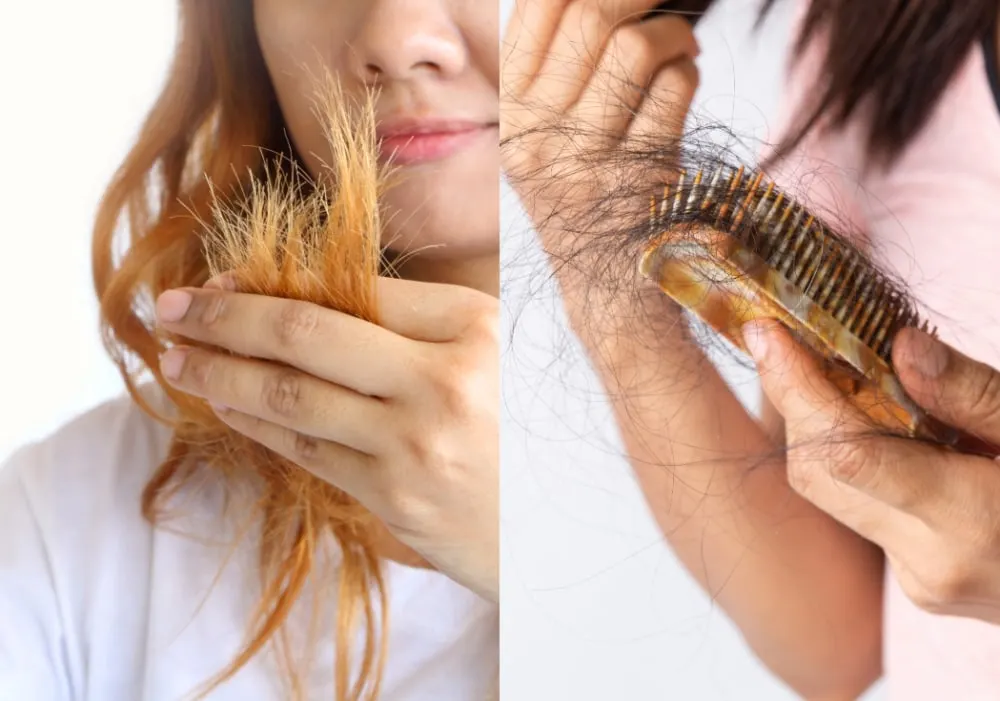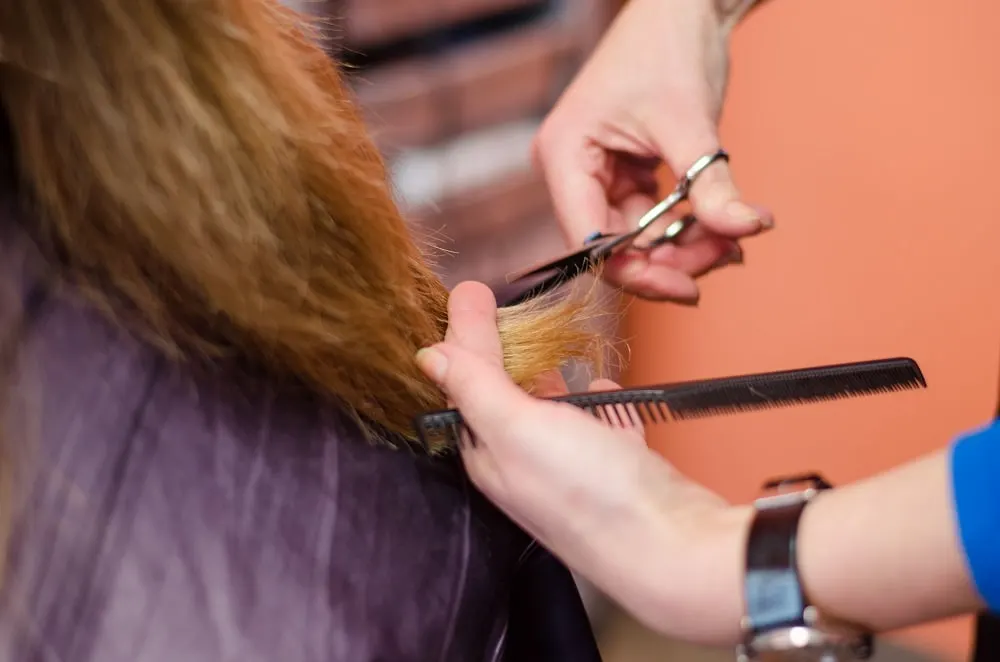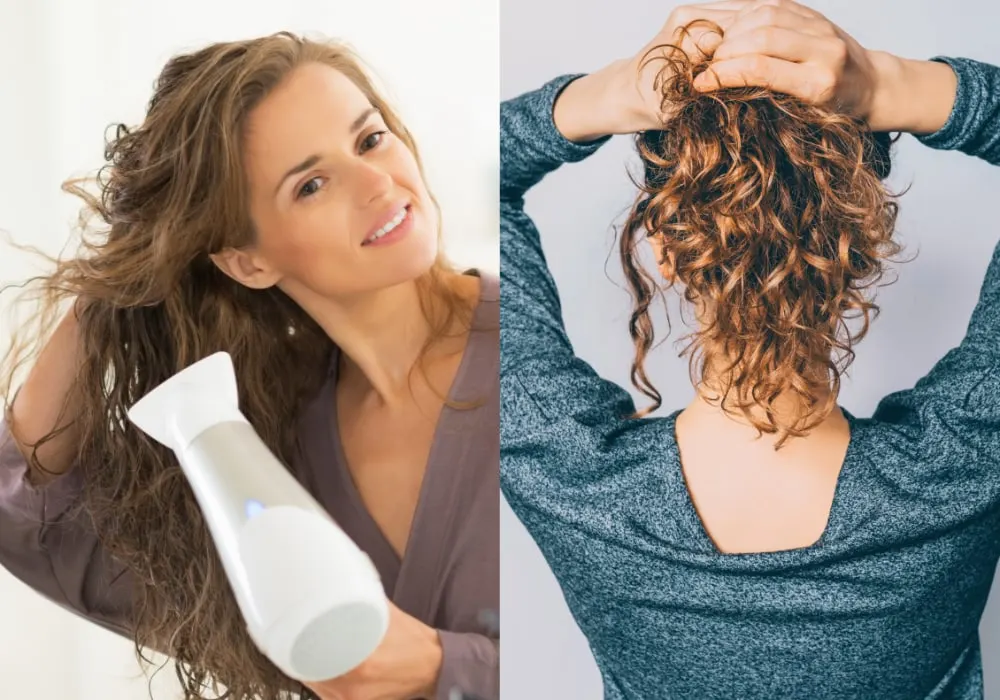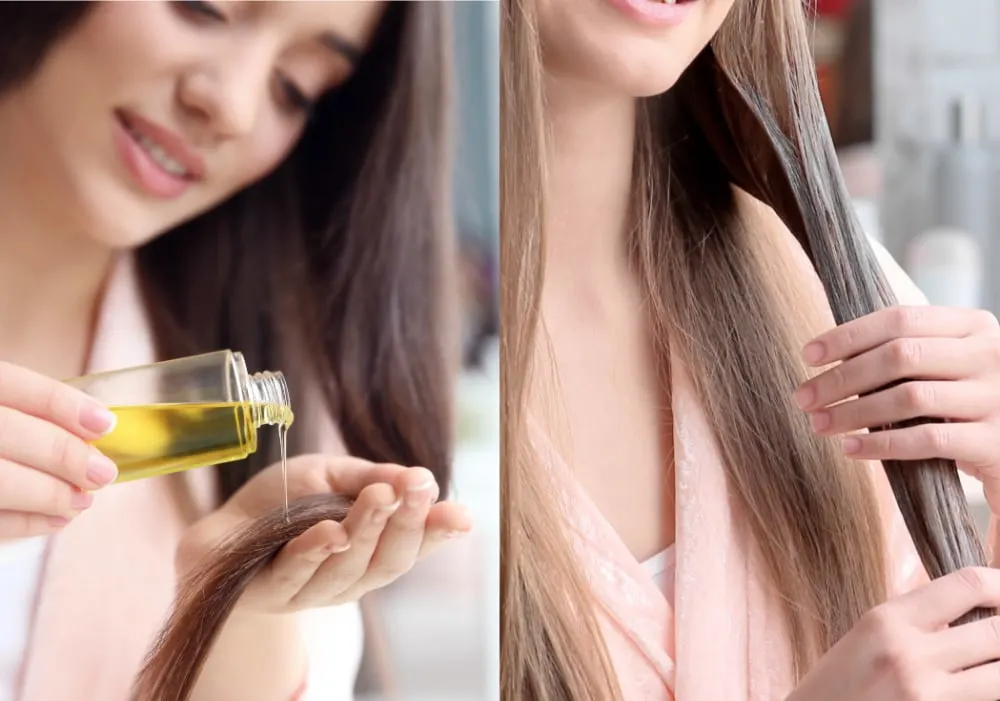Say you noticed that your hair doesn’t look or feel normal, you’ve noticed a sudden change in the texture and appearance. Could you be experiencing a protein overload in your hair?
It is possible to use many hair care products infused with keratin. This condition is caused by an imbalance of proteins that turns your healthy, shiny hair into dull, lifeless locks.
The first step to fixing protein overload is knowing when you have it, and this article will help you identify the signs and then give you simple fixes to get things back under control. You don’t have to live with this condition; it will just take time.
What Is Protein Overload in Hair?
Protein overload is an imbalance of hair’s protein-to-moisture ratio caused by excessive protein treatments. You could also confront this issue if you use too many products at one time or if you don’t balance your hair with moisturizers.
Over time as added proteins such as keratin and collagen build up and overwhelm the hair, it stops appearing healthy and bouncy and begins to appear weighted down, fragile, and with little to no shine.
The condition is reversible with time and intervention.
What Causes Protein Overload in Hair?

You must balance your hair for it to be at its best, which means enough protein, moisture, salts, and minerals.
When too much of something is on your hair, it overloads it and knocks it out of balance. Protein overload in hair is simply too much protein.
For a long time, some hair specialists believed the best way to balance hair was to add more protein, and plenty of products were packed full of keratin, the same one that makes up 95% of each strand of hair.
That’s not to say that you don’t need protein in your hair, you do, and too little can cause too much moisture to accumulate, which causes a host of other problems.
However, too much of a good thing can become an issue and break that delicate balance. It causes hair to appear dry and dull and individual strands to get split ends or break.
What Are The Signs of Hair Protein Overload?

If you’re wondering if your hair is suffering from protein overload, then there are a few telltale signs that you can look for to diagnose it.
- A change in the feel and appearance of your hair
- Dry and dull hair that has the texture of straw
- Strands break easily
- Split ends appear more frequently
- It takes more product than usual to lift hair
- You may notice more hair brushing removes more hair than usual
Something to note with any sudden change in hair is that these signs can sometimes be symptoms of a health issue.
A doctor or dermatologist should look at your hair if you have clumps of hair falling out, sudden bald spots, or an inflamed scalp. Hair with too much protein is unpleasant to look at or touch.
Your hair looks shapeless, lifeless, and without its usual shine when there’s too much protein, as it weighs it down and clogs the pores of the strands.
If these signs seem familiar, your hair may have protein overload. Thankfully, fixing the overload is straightforward, and there are a few ways to correct the issue that will have your hair feeling and looking great again.
How to Fix Protein Overload in Hair
Starting over is the key to fixing protein overload and restoring balance in your hair. Adding more products to your hair without stripping it will only cause further problems.
Here are common ways to strip excess protein from hair and fix the overload.
#1. Stop Using Protein Products
Before stripping your hair and for a short time after you start to repair it, take a break from using many protein-based products.
The cause of overload in hair is excess protein, so it’s a good idea to give your hair some time to recuperate without extra product.
A single product might not be a problem if your hair is naturally thin and needs help with volume.
#2. Get a Haircut

Scissors can effectively remove protein, even if it’s just a trim of an inch or two. Taking off the split ends will remove any attached protein and weight.
That could be enough to help your hair lift and recover naturally.
This method won’t remove all the protein, use it in combination with another treatment for best results, but since split ends will never join again, it doesn’t hurt to remove them.
The person cutting your hair may also have recommendations for the following method and advice on the best clarifying shampoo to purchase customized for your hair.
#3. Wash With Clarifying Shampoo
Regular shampooing will remove some of the protein from your hair. Still, if you use protein-based products often, the amount of protein added may be more than the amount being washed away, which causes build-up.
To bring things back into balance, it’s essential to wash your hair with warm water and a clarifying shampoo. It will help strip away the product build-up attached to the base of the strand that sits around the pore.
If you continue using conditioners and treatments, it will take a few washes with the clarifying shampoo to remove the excess protein and regular use.
#4. Less Heat and Less Styling

While trying to fix protein overload in your hair, limit the heat you use to style it to avoid drying it out even further. Right now, your hair is vulnerable and needs to be taken care of instead of being stressed.
Heat styling tools like curling irons, flat irons, and the high heat settings on hair dryers can remove too much moisture and leave the hair open to chemicals, protein, and dirt.
Instead, use low heat to dry your hair and brush carefully to avoid further breakage.
Also, try to limit the use of hair dyes which can dry out your hair, and complex updos that may stress your hair. Simple ponytails gently pulled back can allow your hair to relax and heal.
Can Protein Overload Be Reversed?

It takes time and persistence to reverse protein overload, but it’s possible at home and without a visit to a professional.
Clarifying shampoos are affordable online or at many drug stores, and with a temporary ban on certain products, you can have your hair as new in no time.
To prevent protein overload from happening again, once your hair returns to its normal state, ease into using products slowly and take care to only use what you need.
Oils, masks, and leave-in treatments without keratin or collagen can help protect your hair while healing.
Products that rely on protein are okay to use, just read all the instructions carefully and don’t use two products on top of each other to get more protein.
Doubling up is usually a waste of money as the hairs can only take on so much keratin or collagen and the rest gets left behind as excess product on the scalp.
Armed with these signs and fixes, you can confidently approach protein overload in hair and treat it before it worsens.
If you don’t have this issue, hopefully, this article has helped you prevent the condition before it happens and warned you of the dangers of too much of a good thing.
FAQs
When protein overload occurs, the protein that has built up weighs down hair and prevents the regular oiling of the hair follicle. Without this oiling, the hair starts to dry out, appearing dull, dry, and limp.
Reduce the number of protein products you use. These are conditioners, shampoos, and leave-in treatments like masks that contain collagen, amino acids, or keratin.
If you use those products, wash your hair with a clarifying shampoo to help remove build-up before it gets too bad.
The longer you leave the protein build-up, the longer it will take to get rid of it. It can take anywhere from 4-8 weeks to return hair to normal, but it will depend on how often you wash your hair and the other products you use.
Seek expert help if you’re concerned about your hair. If it seems to be falling out, breaking more than usual, or it’s been months with the same dry and brittle hair, it may be time to visit a hair professional.
They are similar conditions with different causes. Protein overload results from too much protein, and too much moisture can cause a similar condition called moisture overload.
The two are on opposite sides of the spectrum, and treating one too quickly can cause an imbalance. Completely removing protein can cause a build-up of moisture and vice versa. Moisture overload is often characterized by limp, fragile, and sometimes mushy-looking hair.
While it can cause breakage and split ends, protein overload merely blocks the natural processes of your hair. Hair that is naturally very dry or thin may appear damaged faster than oily hair will.
